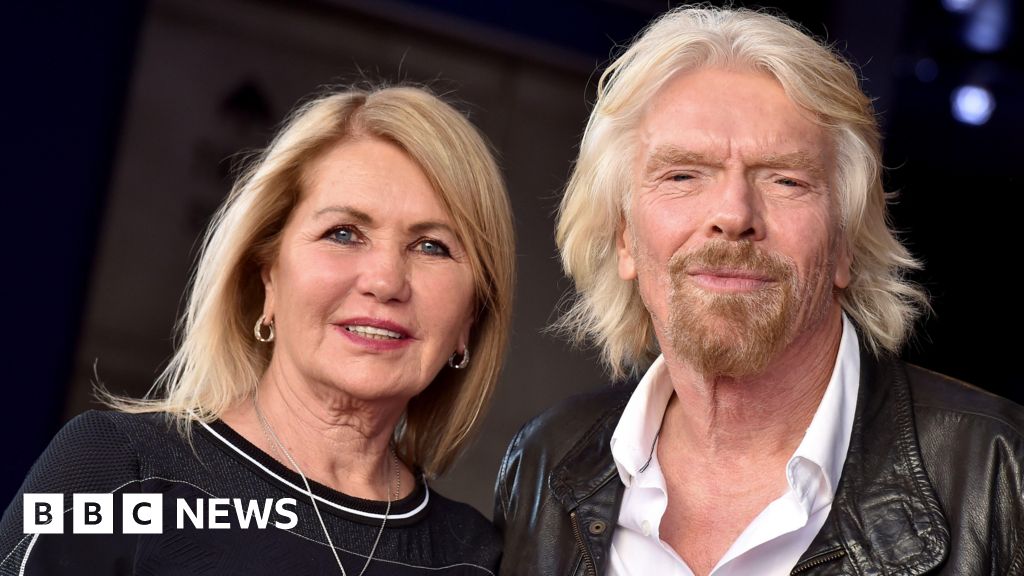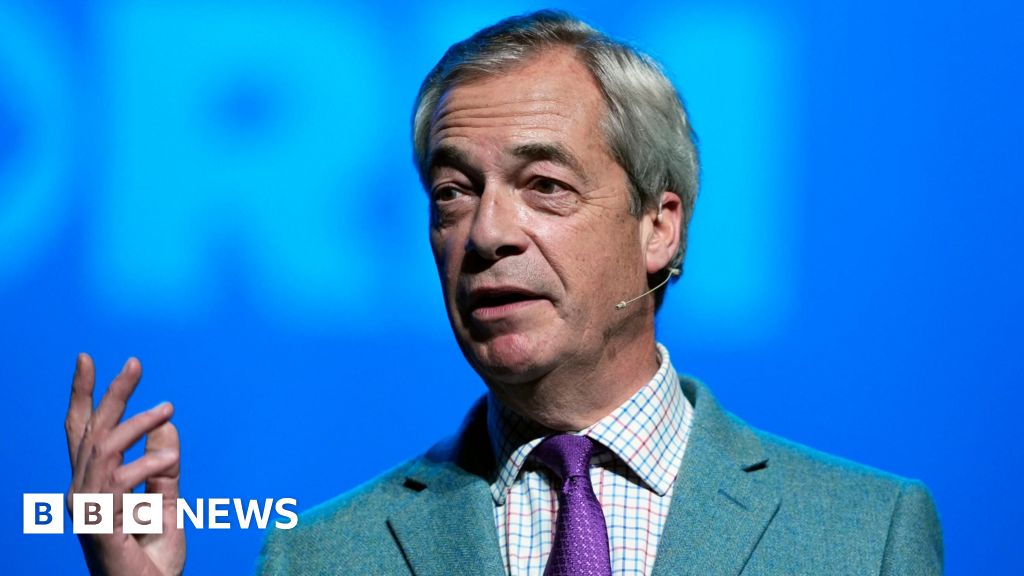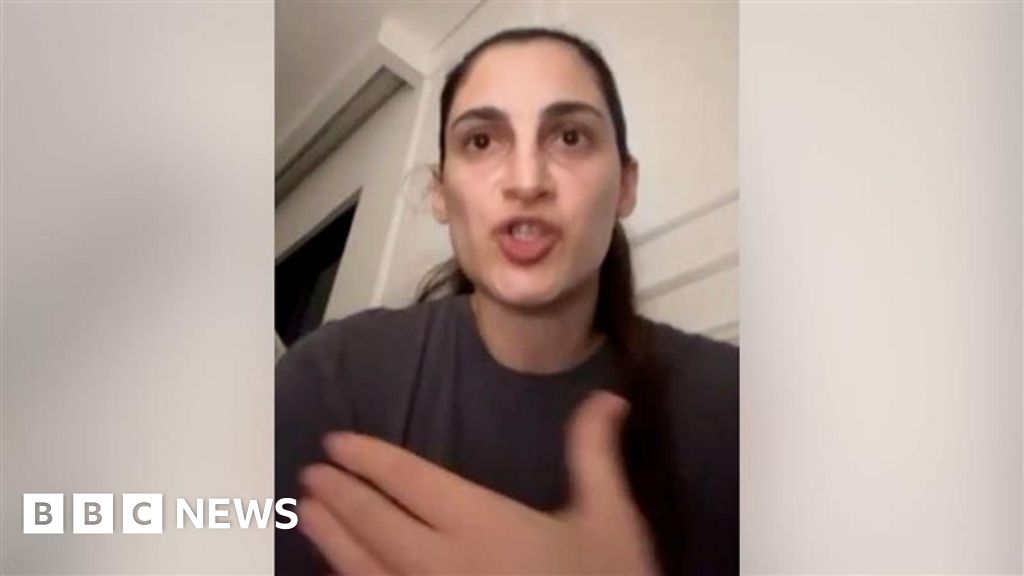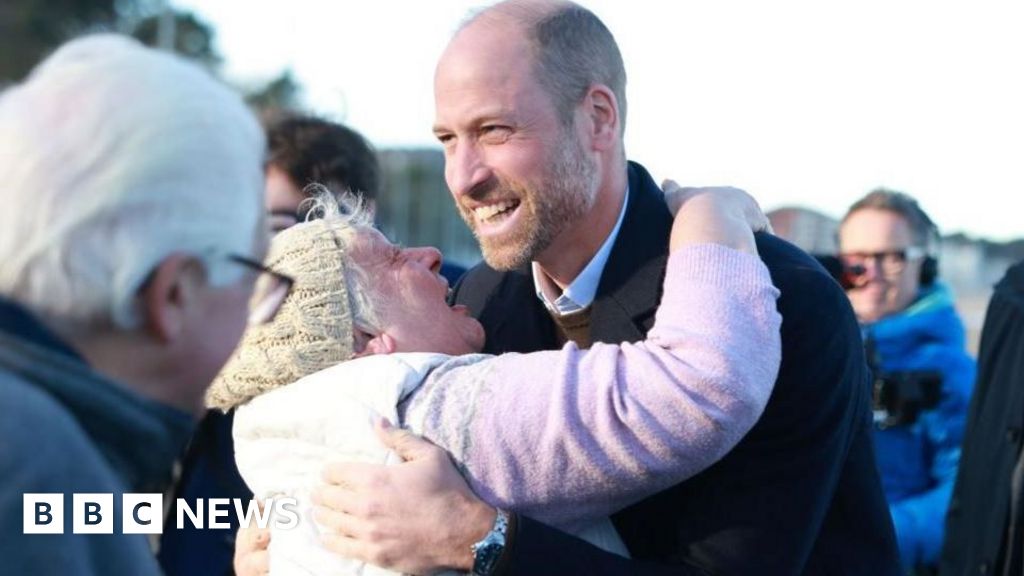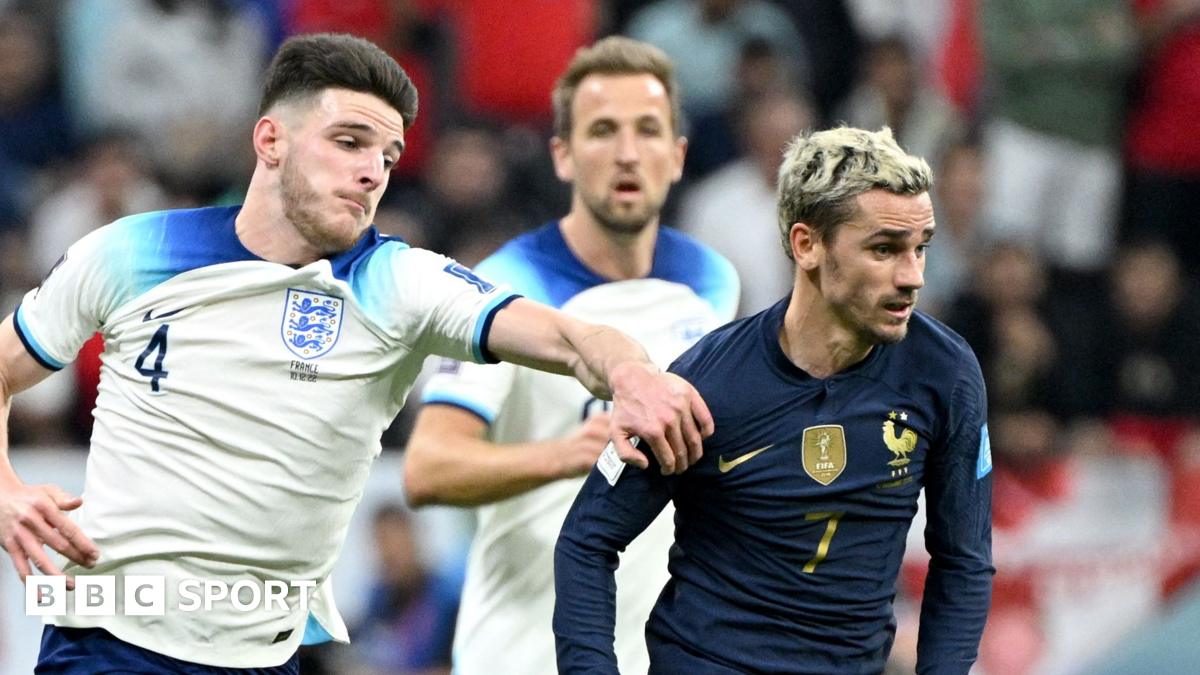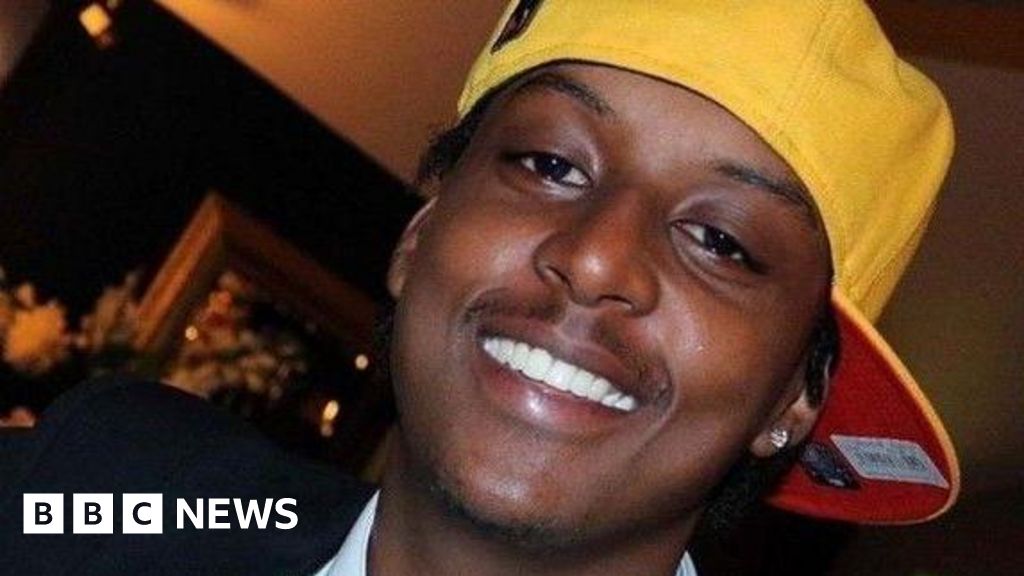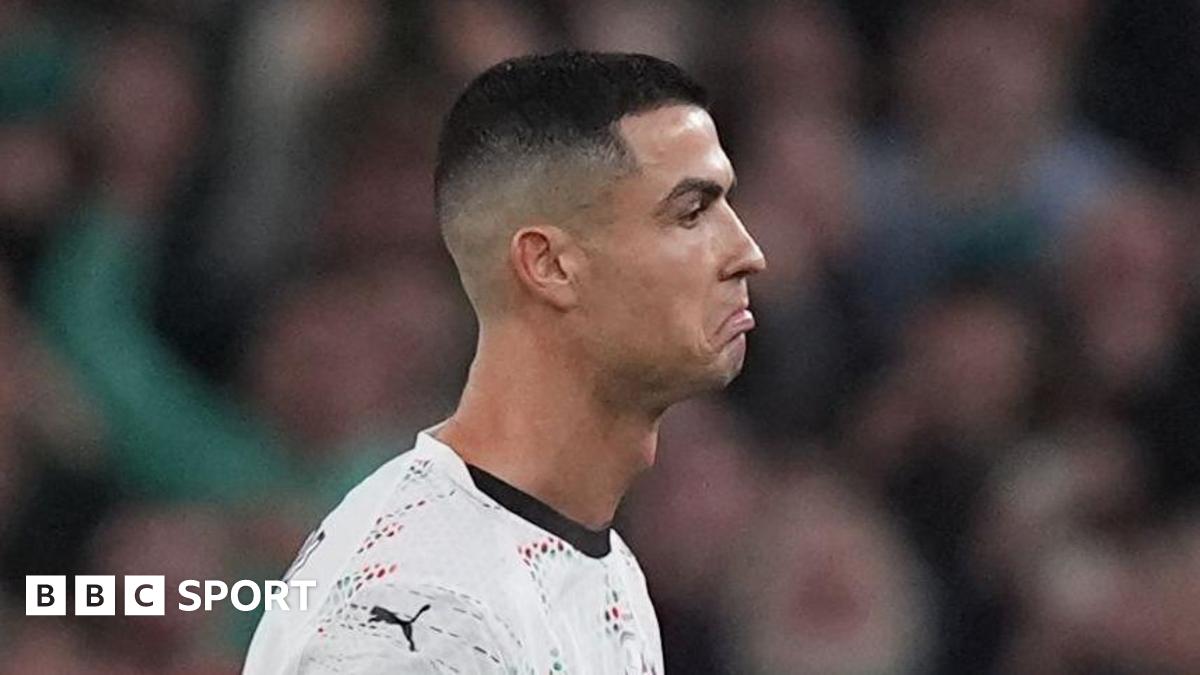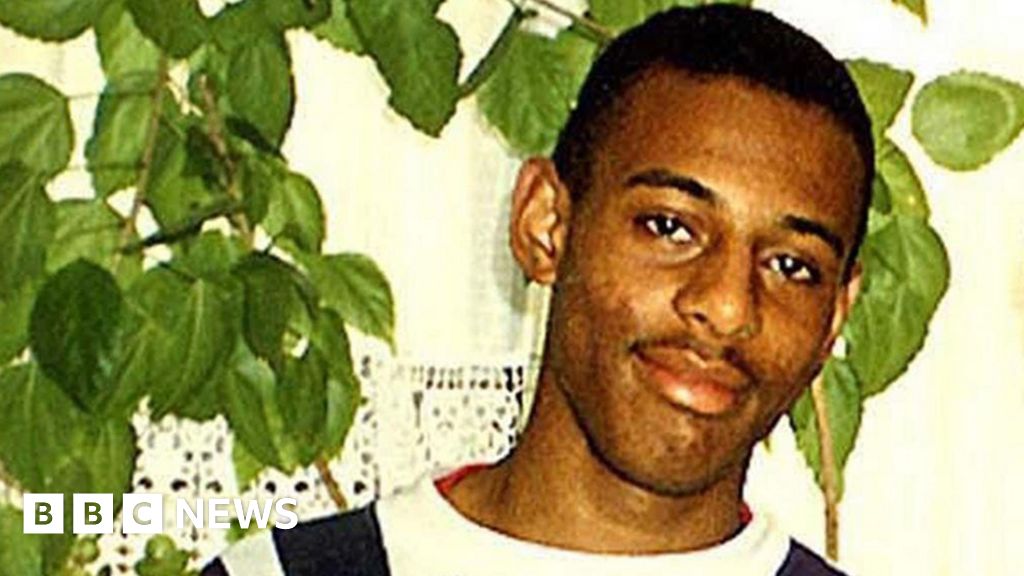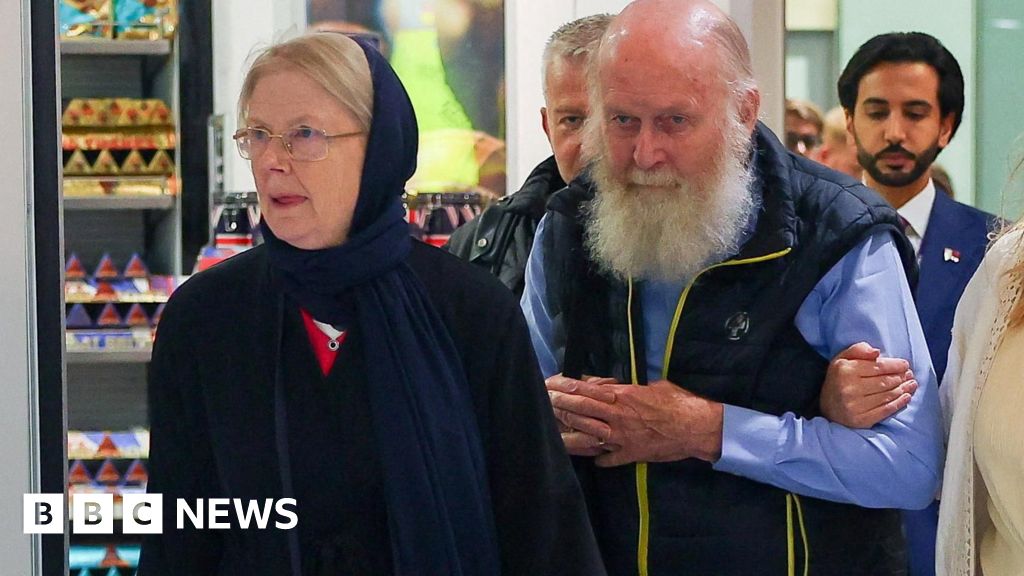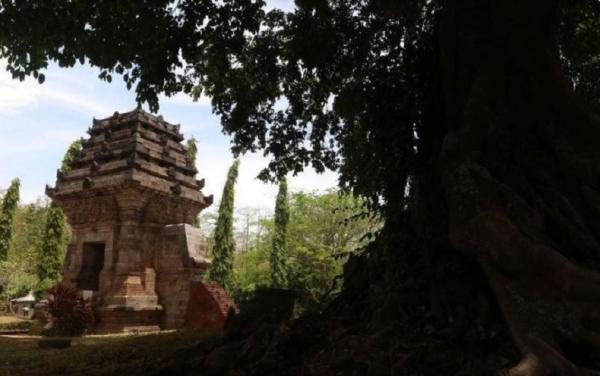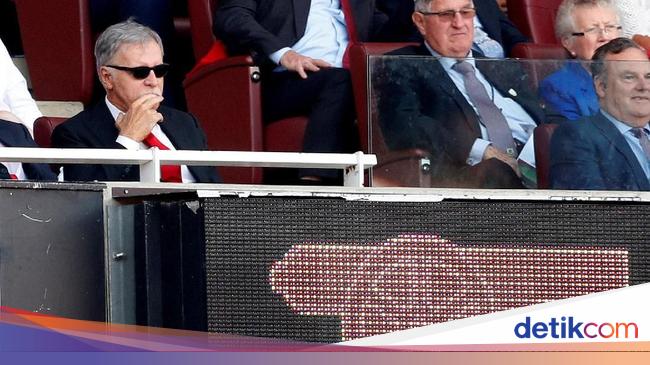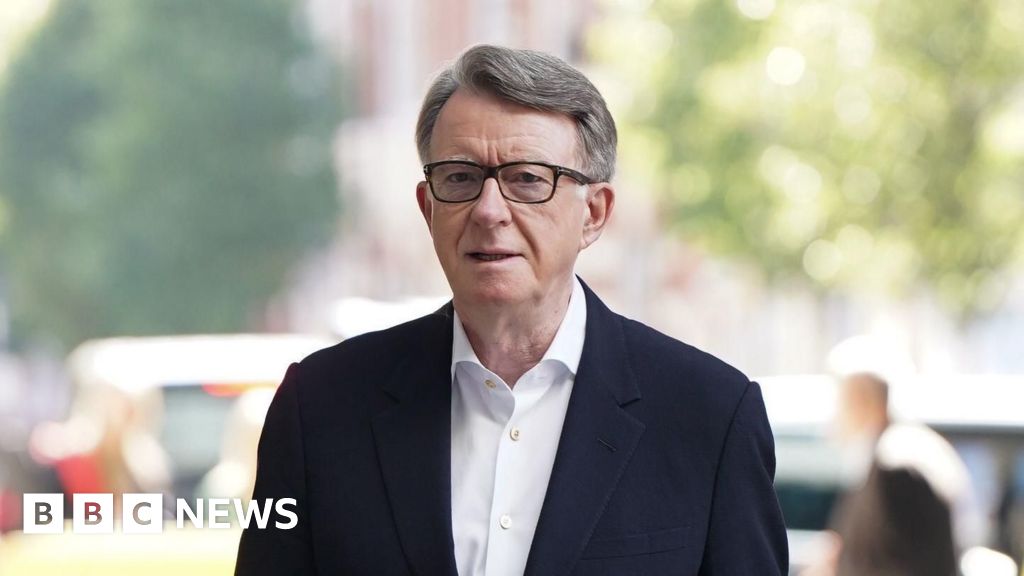Here we are again, discussing Zak Crawley's place in England's Test XI.
Ducks in each innings of the first Test in Perth has brought back a debate that never really went away.
Can England continue picking a batter who has the lowest average - 30.96 - of any opener to play as many as his 60 Tests?
A change is still highly unlikely because of the faith held in Crawley and the fact there are no back-up openers in the touring squad - so what is England's thinking and is it flawed?
The reasoning behind Crawley's continued selection is now well-told.
No opening partnership has scored more runs, put on more fifty stands or hundred partnerships than Crawley and Ben Duckett since Duckett's comeback in Pakistan in 2022.
Crawley's runs, and the pair's little-and-large combination, have been a big part of that success.
Crawley also has a good record against Australia, with his average of 43.06 against them at the start of this series the best of any England batter since his debut. The right-hander's stunning 189 at Old Trafford in 2023 stands as one of England's best Ashes innings for a decade.
Though both missed this first Test through injury, Crawley averages 54 against Pat Cummins and has never been dismissed by Josh Hazlewood in his Test career.
Even after the two Perth failings at Mitchell Starc's expense, Crawley still scores a respectable 38.8 runs per dismissal against the left-arm fast bowler.
Joe Root, in comparison, averages 26.45 against Cummins and has got out 10 times each to Hazlewood and Starc.
Crucially, England have long-believed Crawley is suited to batting in Australia. This tour is why England have kept the faith despite his struggles.
He has - or had, more on this later - a good record against high pace and he plays well off the top of the bounce, averaging 46.50 when driving deliveries that reach him at a height of 80-90cm off the deck - as they often will on bouncy Australian tracks.
The theory is also built on by some, limited, on-field success.
Aged 23, Crawley made 77 at Sydney during England's miserable 2021-22 Ashes trip, an innings of drives and pulls off length. He also flickered in knocks of 18 and 36 in Hobart.
"You would want to go a long way with him before you drop him," said former Australia captain Ian Chappell, while describing Crawley as the "future" of England's batting.
Even last year,, external Chappell, rarely one to overpraise English batting, grouped Crawley with Root and Harry Brook as England's key Ashes batters.
Though it may seem like it, he is not just the apple of the England hierarchy's eyes.
The reality, though, is the batter England have picked specifically for this series began with two ducks.
It could, quite literally, not have gone worse.
Having invested so much, dropping Crawley after one Test and promoting a debutant from the Lions or asking Will Jacks or Jacob Bethell to open for the first time would be an even more erratic move.
However, there are concerning trends Crawley must correct - most startling a sharp downturn in his record against high pace.
Crawley's preference for speed was reflected in a career average of 48.25 against deliveries over 87mph at the start of this summer's drawn series against India.
Since then he averages six against such deliveries, with five dismissals in 54 balls at the hands of Starc, Jasprit Bumrah, Mohammed Siraj and Prasidh Krishna.
Pace, though, was not necessarily Crawley's problem in Perth.
If anything he was early on the shot when caught-and-bowled by Starc in the second innings.
Instead, what connects both failures was the fact they were again both drives - the first aggressive swish edged to the slips before a more tentative push.
With pitches in Australia tougher than ever and the refined Kookaburra seaming more, driving is fraught with far more danger these days.
Crawley averages 55.5 with the shot at home but only 8.25 in Australia, with four dismissals in eight innings. His strength, as so often happens, is also a weakness.
It leaves, despite all the talk and hope, Crawley's average in Australia at 20.75.
England will give him time and have little alternative.
But results are not backing up the theory.
.png)
 13 hours ago
6
13 hours ago
6

